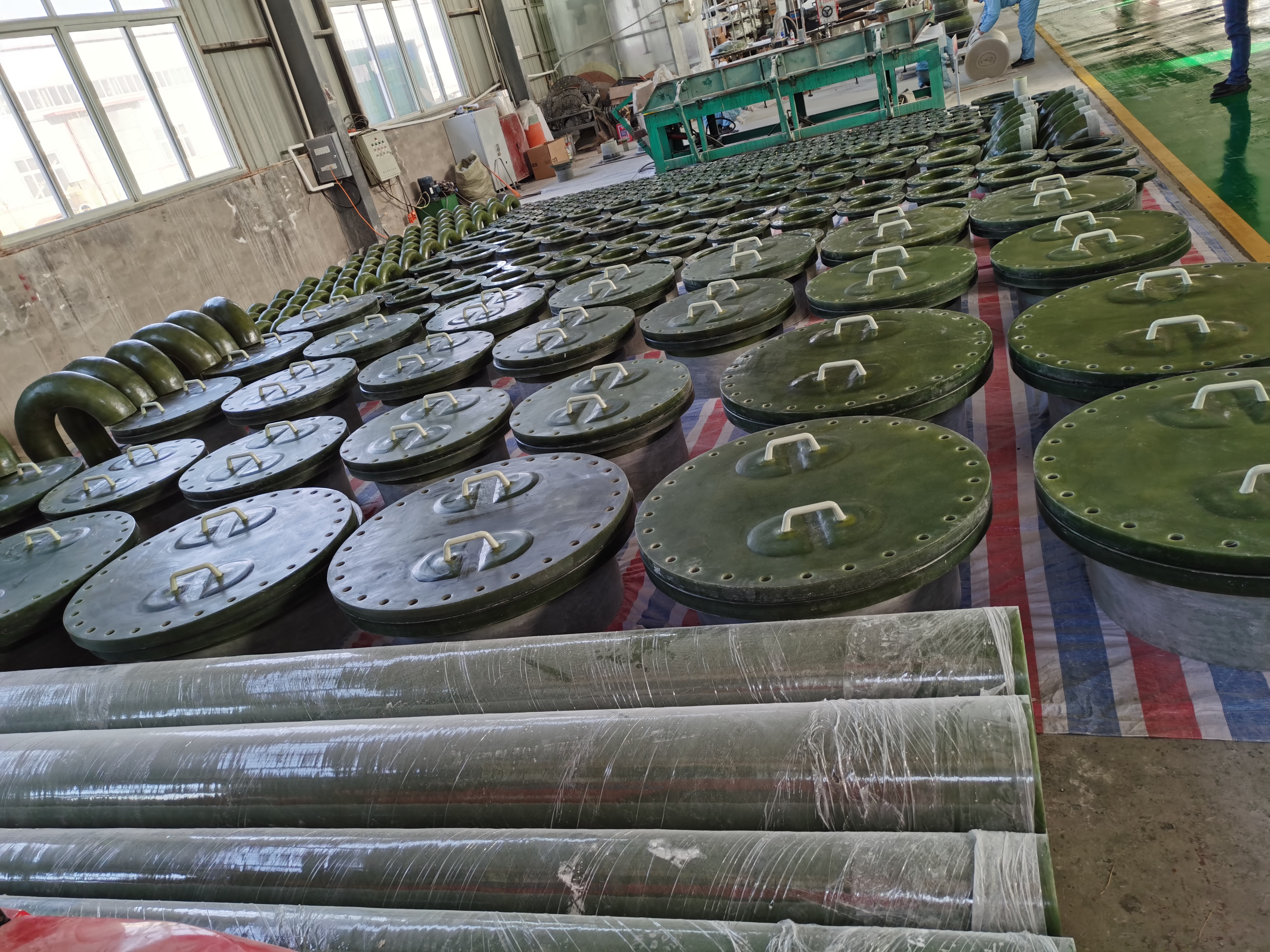
-
 Afrikaans
Afrikaans -
 Albanian
Albanian -
 Amharic
Amharic -
 Arabic
Arabic -
 Armenian
Armenian -
 Azerbaijani
Azerbaijani -
 Basque
Basque -
 Belarusian
Belarusian -
 Bengali
Bengali -
 Bosnian
Bosnian -
 Bulgarian
Bulgarian -
 Catalan
Catalan -
 Cebuano
Cebuano -
 China
China -
 China (Taiwan)
China (Taiwan) -
 Corsican
Corsican -
 Croatian
Croatian -
 Czech
Czech -
 Danish
Danish -
 Dutch
Dutch -
 English
English -
 Esperanto
Esperanto -
 Estonian
Estonian -
 Finnish
Finnish -
 French
French -
 Frisian
Frisian -
 Galician
Galician -
 Georgian
Georgian -
 German
German -
 Greek
Greek -
 Gujarati
Gujarati -
 Haitian Creole
Haitian Creole -
 hausa
hausa -
 hawaiian
hawaiian -
 Hebrew
Hebrew -
 Hindi
Hindi -
 Miao
Miao -
 Hungarian
Hungarian -
 Icelandic
Icelandic -
 igbo
igbo -
 Indonesian
Indonesian -
 irish
irish -
 Italian
Italian -
 Japanese
Japanese -
 Javanese
Javanese -
 Kannada
Kannada -
 kazakh
kazakh -
 Khmer
Khmer -
 Rwandese
Rwandese -
 Korean
Korean -
 Kurdish
Kurdish -
 Kyrgyz
Kyrgyz -
 Lao
Lao -
 Latin
Latin -
 Latvian
Latvian -
 Lithuanian
Lithuanian -
 Luxembourgish
Luxembourgish -
 Macedonian
Macedonian -
 Malgashi
Malgashi -
 Malay
Malay -
 Malayalam
Malayalam -
 Maltese
Maltese -
 Maori
Maori -
 Marathi
Marathi -
 Mongolian
Mongolian -
 Myanmar
Myanmar -
 Nepali
Nepali -
 Norwegian
Norwegian -
 Norwegian
Norwegian -
 Occitan
Occitan -
 Pashto
Pashto -
 Persian
Persian -
 Polish
Polish -
 Portuguese
Portuguese -
 Punjabi
Punjabi -
 Romanian
Romanian -
 Russian
Russian -
 Samoan
Samoan -
 Scottish Gaelic
Scottish Gaelic -
 Serbian
Serbian -
 Sesotho
Sesotho -
 Shona
Shona -
 Sindhi
Sindhi -
 Sinhala
Sinhala -
 Slovak
Slovak -
 Slovenian
Slovenian -
 Somali
Somali -
 Spanish
Spanish -
 Sundanese
Sundanese -
 Swahili
Swahili -
 Swedish
Swedish -
 Tagalog
Tagalog -
 Tajik
Tajik -
 Tamil
Tamil -
 Tatar
Tatar -
 Telugu
Telugu -
 Thai
Thai -
 Turkish
Turkish -
 Turkmen
Turkmen -
 Ukrainian
Ukrainian -
 Urdu
Urdu -
 Uighur
Uighur -
 Uzbek
Uzbek -
 Vietnamese
Vietnamese -
 Welsh
Welsh -
 Bantu
Bantu -
 Yiddish
Yiddish -
 Yoruba
Yoruba -
 Zulu
Zulu
Innovative FRP Transition Solutions for Enhanced Performance
Understanding FRP Transition A Comprehensive Overview
Fiber Reinforced Polymer (FRP) materials have gained significant attention in various industries, especially in construction, aerospace, and automotive fields. Transitioning to FRP technologies involves not only integrating these materials into existing processes but also adapting to new methodologies that can enhance performance and sustainability. This article explores the concept of FRP transition, its benefits, challenges, and future prospects.
Understanding FRP Transition A Comprehensive Overview
One of the primary benefits of transitioning to FRP is increased durability. Unlike steel, which can corrode over time, FRP materials are resistant to a variety of environmental factors, including moisture and chemicals. This resilience results in longer service life and lower maintenance costs. In the construction industry, FRP is often used in bridges and buildings where traditional materials may suffer from degradation due to environmental exposure.
frp transition

However, this transition is not without its challenges. One of the most critical hurdles facing the adoption of FRP technologies is the initial cost. While FRP can offer long-term savings, the upfront investment in terms of material and manufacturing processes can be prohibitive. Additionally, the integration of FRP into conventional construction practices requires substantial training and education for engineers and construction workers to understand the unique properties and handling requirements of these materials.
Another challenge is the need for standardized codes and practices. The construction and manufacturing industries are heavily regulated, and the lack of widespread standards for FRP can create obstacles for adoption. Stakeholders must collaborate to develop guidelines that ensure the safe and effective use of FRP in various applications.
Despite these challenges, the future of FRP transition looks promising. Ongoing research and development in materials science are likely to lead to advancements that reduce costs and improve the performance of FRP materials. Furthermore, as industries worldwide increasingly prioritize sustainability, the adoption of FRP can play a pivotal role in achieving environmental goals. The ability to produce lighter, more durable structures aligns with global initiatives aimed at reducing the carbon footprint of various industries.
In conclusion, the transition to Fiber Reinforced Polymer materials represents a significant shift in how industries approach design, construction, and manufacturing. While challenges such as cost and regulatory standards remain, the long-term benefits of durability, reduced weight, and sustainability present a compelling case for moving towards FRP. As technology continues to evolve and improve, the widespread adoption of FRP could redefine material choices across multiple sectors, paving the way for a more innovative and sustainable future.
Latest news
-
Exploring the Benefits of Top Hammer Drifter Rods for Enhanced Drilling PerformanceNewsJun.10,2025
-
High-Precision Fiberglass Winding Machine for GRP/FRP Pipe Production – Reliable & Efficient SolutionsNewsJun.10,2025
-
FRP Pipes & Fittings for Shipbuilding - Corrosion-Resistant & LightweightNewsJun.09,2025
-
Premium FRP Flooring Solutions Durable & Slip-ResistantNewsJun.09,2025
-
Premium Fiberglass Rectangular Tanks Durable & Lightweight SolutionNewsJun.09,2025
-
Tapered Drill String Design Guide Durable Performance & UsesNewsJun.09,2025









